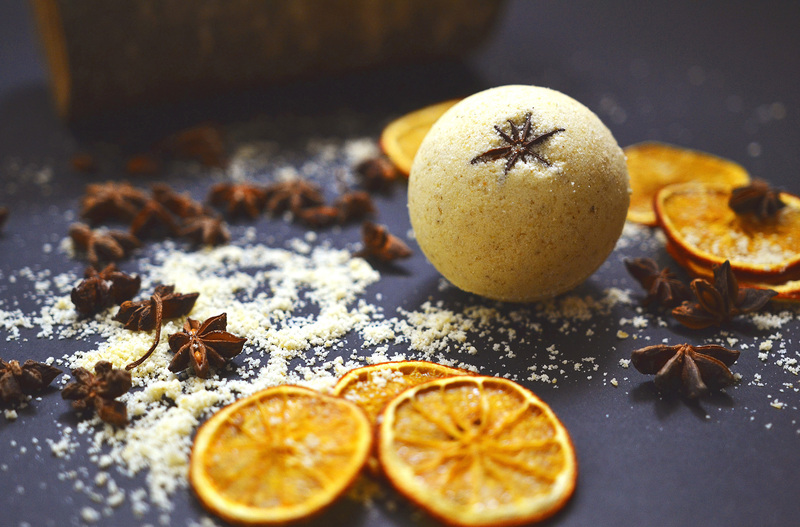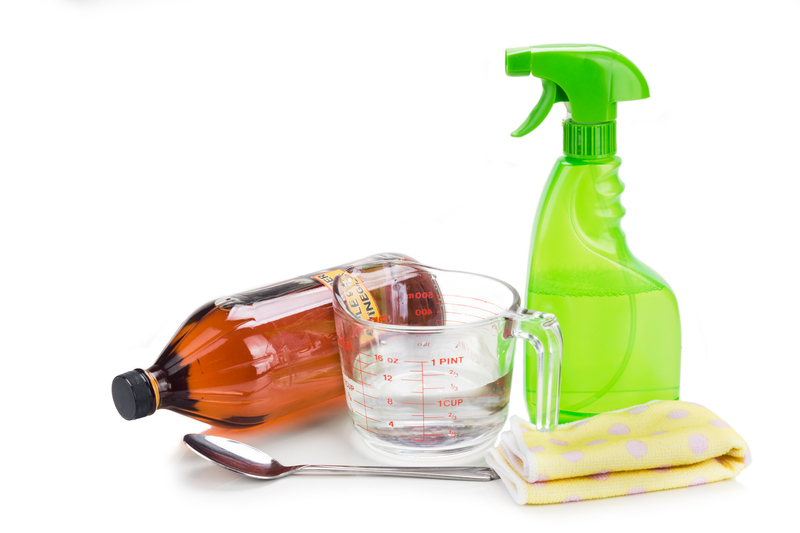Refreshing uPVC Window Frames: A Step-by-Step Guide
Posted on 22/09/2025
Refreshing uPVC Window Frames: A Step-by-Step Guide
Maintaining the look and efficiency of your windows is essential for any modern home. uPVC window frames are a popular choice due to their durability, cost-effectiveness, and minimal maintenance requirements. However, over time, even the sturdiest uPVC window frames can show signs of aging, discoloration, and wear. Whether you are dealing with dullness, stubborn stains, or fading color, refreshing uPVC window frames is easier than you might think. This comprehensive guide will walk you through every step to restore their brilliance and prolong their lifespan.
Why Refresh Your uPVC Window Frames?
- Enhance the aesthetic appeal of your home.
- Boost window function and energy efficiency.
- Protect frames from further deterioration.
- Increase property value.
- Save money compared to frame replacement.
Many people believe that faded or grimy uPVC frames must be replaced, but a thorough cleaning and renewal process can yield like-new results for a fraction of the cost. Below, learn exactly how to renew uPVC window frames with practical, achievable steps -- even if you're a DIY beginner.

Understanding uPVC Window Frames
Unplasticised polyvinyl chloride (uPVC), is a tough, low-maintenance material commonly used for window frames and doors. It resists weathering, rot, and UV damage, making it a favorite for modern homes. Despite these strengths, uPVC window frames are not impervious to time and environmental influences. Dust, environmental pollution, and harsh weather can make them look drab.
Common Issues with Old or Dirty uPVC Frames
- Discoloration: UV exposure can cause yellowing or fading.
- Stains: Stubborn marks from pollution, bird droppings, or residue from adhesives.
- Mold or mildew: Moisture can lead to unsightly black or green patches.
- Surface scratches: Everyday use and cleaning can leave minor abrasions.
If these problems sound familiar, it's time for a thorough uPVC window frame refresh.
Step-By-Step Guide to Refreshing uPVC Window Frames
1. Gather Necessary Materials and Tools
Before you get started, assemble the following:
- Soft-bristle brush or microfiber cloth
- Mild detergent or specialized uPVC cleaner
- Warm water
- Baking soda, white vinegar (for stubborn stains)
- Plastic scraper (not metal, to avoid scratches)
- Old toothbrush
- Protective gloves
- Painter's tape and dust sheets (if needed for painting or deeper restoration)
- uPVC restorer or appropriate paint (if you plan to recolor)
2. Initial Preparation
Safety first: Always wear gloves when working with cleaning agents, especially if you'll use bleach or specialized cleaners.
- Open windows fully to access the whole frame, including edges and rebates.
- Remove dust and cobwebs with a dry cloth or brush.
- Protect surrounding areas (walls, floors, sills) with dust sheets if using strong chemicals or restorer products.
3. Proper Cleaning Techniques
Begin by mixing a few drops of mild detergent into a bucket of warm water. Dip a soft cloth or sponge and gently wipe down the entire frame.
- Avoid harsh or abrasive products; these can scratch or damage the uPVC surface.
- Focus on corners, seals, and drainage holes where dirt accumulates.
- If necessary, use an old toothbrush for tight spaces.
Rinse with clean water and dry with a soft, lint-free towel to prevent water marks.
4. Removing Stubborn Stains
Some marks may resist soap and water. For stubborn grime:
- Baking soda paste: Mix baking soda with a little water to create a gentle, non-abrasive paste. Apply with a cloth, rub gently, then rinse.
- White vinegar solution: Mix equal parts vinegar and water in a spray bottle. Spray on stains, wait 10 minutes, wipe clean.
- Specialist uPVC cleaners: Found at most hardware stores, these contain ingredients designed to break down tough grime without damaging frames. Always follow the manufacturer's instructions.
Tip: Never use scouring pads, wire wool, or solvent-based cleaners as these can permanently mark the finish.
5. Addressing Mould and Mildew
For mold or mildew, create a solution of one part white vinegar to four parts water. Spray onto affected areas and let sit for at least 10 minutes. Wipe clean and dry thoroughly.
For persistent mold, a small amount of diluted household bleach may be used -- but with caution, as excessive use can cause fading.
6. Handling Scratches and Minor Damage
Minor surface scratches can be improved by gently rubbing with a commercial uPVC restorer. For deeper marks, filling kits made specifically for uPVC are available, though serious damage may require professional repair.
- Ensure the surface is completely clean and dry before applying any fillers or polishers.
- Buff with a clean cloth for a smoother finish.
7. Restoring Shine with uPVC Restorer
When basic cleaning is not enough to renew the original luster, consider a dedicated uPVC restorer. These creams or sprays are formulated to restore color and add a glossy, protective barrier.
- Apply as directed using a soft cloth; avoid over-applying.
- Buff to a shine for best results.
Tip: Test in a small, inconspicuous area first to ensure compatibility.
8. Recoloring Faded uPVC Frames
If your frames are still looking worn or discolored after cleaning and restoring, it's possible to paint them. Choose a specific uPVC paint for this task, available in various colors and finishes.
How to paint uPVC window frames:
- Preparation: Clean and dry frames thoroughly. Lightly sand with fine-grade sandpaper for better paint adhesion.
- Mask off: Use painter's tape to protect glass and walls.
- Apply primer: Some uPVC paints require a primer--check manufacturer guidance.
- Paint: Use a small roller or brush. Apply two thin coats rather than one thick coat to avoid runs and achieve a smooth finish.
- Allow to cure: Let dry fully according to product instructions before removing tape and disturbing frames.
Note: Painting uPVC alters its maintenance routine slightly, but it's a great way to update the look of your home without full replacement.
Maintaining Refreshed uPVC Window Frames
Regular Cleaning Regime
Once restored, simple regular maintenance will keep your uPVC window frames looking pristine:
- Wipe frames with soapy water monthly.
- Check for drainage clogs and clear them twice a year.
- Treat stubborn stains as soon as they appear to prevent lasting marks.
- Lubricate window locks and hinges annually.
Protect Against Recurring Damage
- Install window shades or curtains to limit direct UV exposure inside.
- Trim shrubbery or branches near windows which could shed debris or cause scratches during storms.
- Avoid using adhesive tape or stickers directly on the frames; removal can leave residue or peel paint.
Professional uPVC Frame Restoration
For extensively damaged or severely discolored frames, professional restoration can be a wise investment. Professional services may include chemical cleaning, buffing, and specialized paint or varnish applications--all performed with expert care to prolong the life of your windows.
Benefits of Maintaining Bright uPVC Window Frames
- Curb appeal: Clean, white uPVC enhances the attractiveness of your property instantly.
- Energy efficiency: Well-maintained seals and frames reduce drafts and retain heat.
- Cost efficiency: Regular care prevents the need for premature replacements.
- Better hygiene: Mold and mildew removal improve air quality inside your home.
Eco-Friendly Tips for uPVC Frame Refreshing
- Choose biodegradable, non-toxic cleaners when possible.
- Use reusable cloths instead of disposable wipes.
- Properly dispose of any chemical-soaked rags.

Frequently Asked Questions on uPVC Window Frame Renewal
Can you restore yellowed uPVC window frames?
Yes! Yellowing is usually due to UV rays and pollution. Most discoloration can be greatly improved through deep cleaning, uPVC restorer products, or painting with color-specific uPVC paints.
How often should you clean uPVC window frames?
Monthly basic cleaning is recommended, with deeper cleaning and checks every 6 months.
What should you avoid when cleaning uPVC frames?
Avoid harsh abrasives, solvent-based products, and strong acids or alkalis. Metal scrapers or wire brushes can permanently scratch the surface.
Can you repaint uPVC window frames?
Yes. Use specialty uPVC paints and follow preparation instructions closely for a long-lasting, even finish.
Is professional restoration worth it?
It depends on the extent of damage. Professional services can revive even badly aged or faded frames for less than the cost of new installations.
Conclusion: Keeping Your uPVC Window Frames Looking Their Best
With proper care and a regular refresh routine, your uPVC window frames can remain a bright, stylish feature of your home for decades. The steps outlined above--from cleaning, stain removal, and restoration, to complete recoloring--provide everything you need to know for a successful DIY refresh. Investing time in this maintenance not only protects your home's value but also maximizes comfort, energy efficiency, and curb appeal.
If you're seeking to refresh uPVC window frames, remember that even the most tired-looking surfaces can be revitalized with the right approach. So, roll up your sleeves, follow these steps, and restore your uPVC window frames to their former glory!
Related Resources
- How to Clean Double Glazed Windows Like a Professional
- Choosing the Best uPVC Window Restorer for Your Home
- Energy Saving Tips for Homeowners
Ready to get started? Gather your cleaning supplies and try these methods today to enjoy brighter, cleaner window frames all year round!





